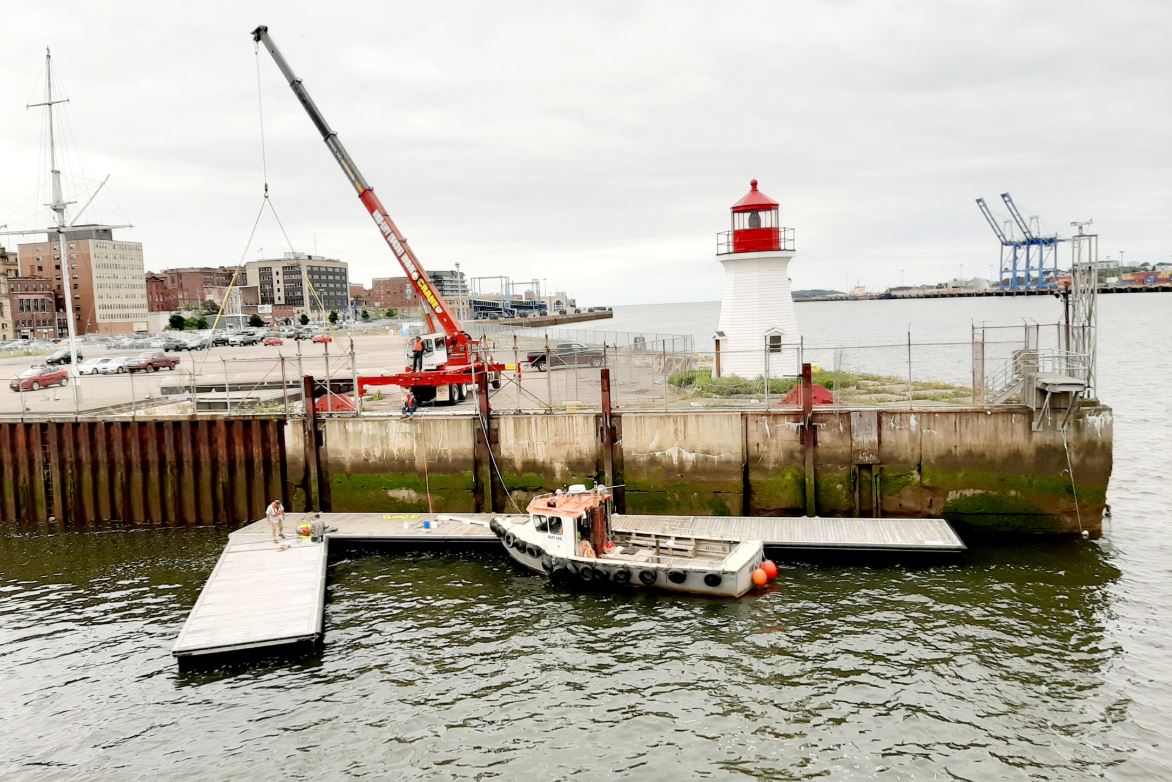

In rivers with beds that can be remodeled, the induced circulation more than doubles in size compared to rivers with immobile, hard beds. Using laboratory experiments, the researchers found that the strength and the size of this induced spiral circulation do not depend on the flow velocity of the river, but rather on the properties of the riverbed. The researchers consider the circulation to be strong enough to counteract sediment deposition in rivers with slow moving water such as the Rhine. In a river, the current would stretch it into spiral along the course of the river bend. In still water, these bubbles would generate a circulation that looks like a squashed circle that points away from the tube on either side, about three times as wide as the water is deep. If the approach were to be put into practice, it would involve installing a perforated steel tube on the bed of a river bend near the outer bank and pumping pressurized air into it. The water adjacent to the bubbles drags along the water in its vicinity, which again drags along more water, until a sufficiently strong counter circulation is formed. "By bubbling pressurized air from a perforated tube at the riverbed, we are able to form an opposing current in the river bend, which is created by rising air bubbles that entrain the surrounding water," he says. Over time, this can lead to the formation of large sand bars.Īt first glance, air bubble screens may seem like too weak a force to counteract these currents, but as Anton Schleiss from EPFL's Laboratory of Hydraulic Constructions explains, they are able to do so by unleashing a much stronger force. In doing so, they can erode sediments from the outer bank of the river and draw them inwards. These weaker currents run perpendicularly to the flow of the river.

Where rivers bend, secondary currents form. They published their findings in the Journal for Hydraulic Engineering.

According to their tests, bubbling air from the riverbed could counteract the currents that form the sand bars. Air bubble screens could be a viable alternative to costly dredging operations, which are currently relied on to keep the river open, say researchers from EPFL, the University of Delft, and the Chinese Academy of Sciences. In river bends, secondary currents can cause these channels to become partially obstructed by sand bars that are formed as sediment is drawn in from the outer side of the bend. In its shallower segments, ships are restricted to deep underwater channels. The Rhine River is a crucial transport artery, carrying hundreds of millions of tons of freight each year.


 0 kommentar(er)
0 kommentar(er)
